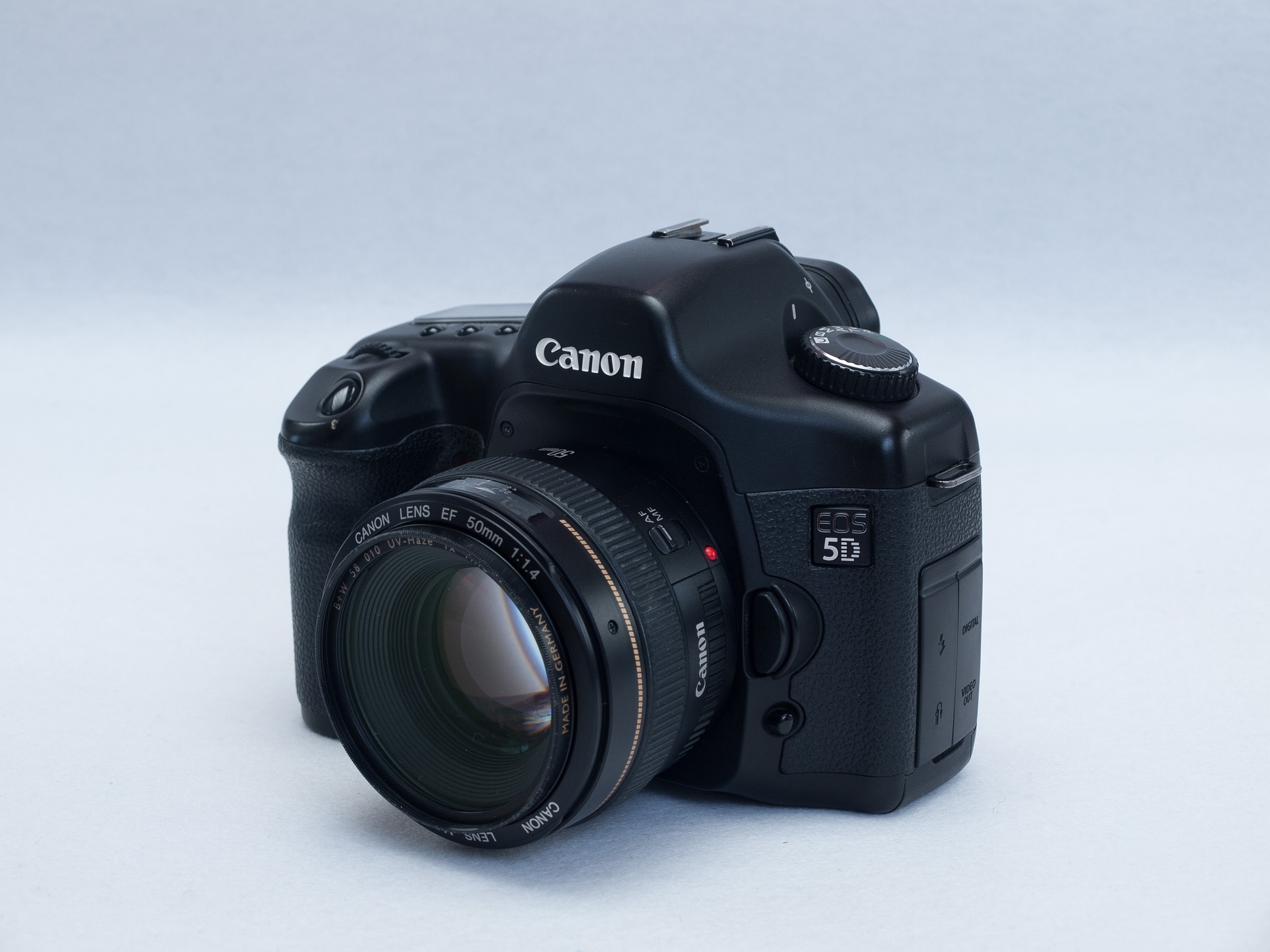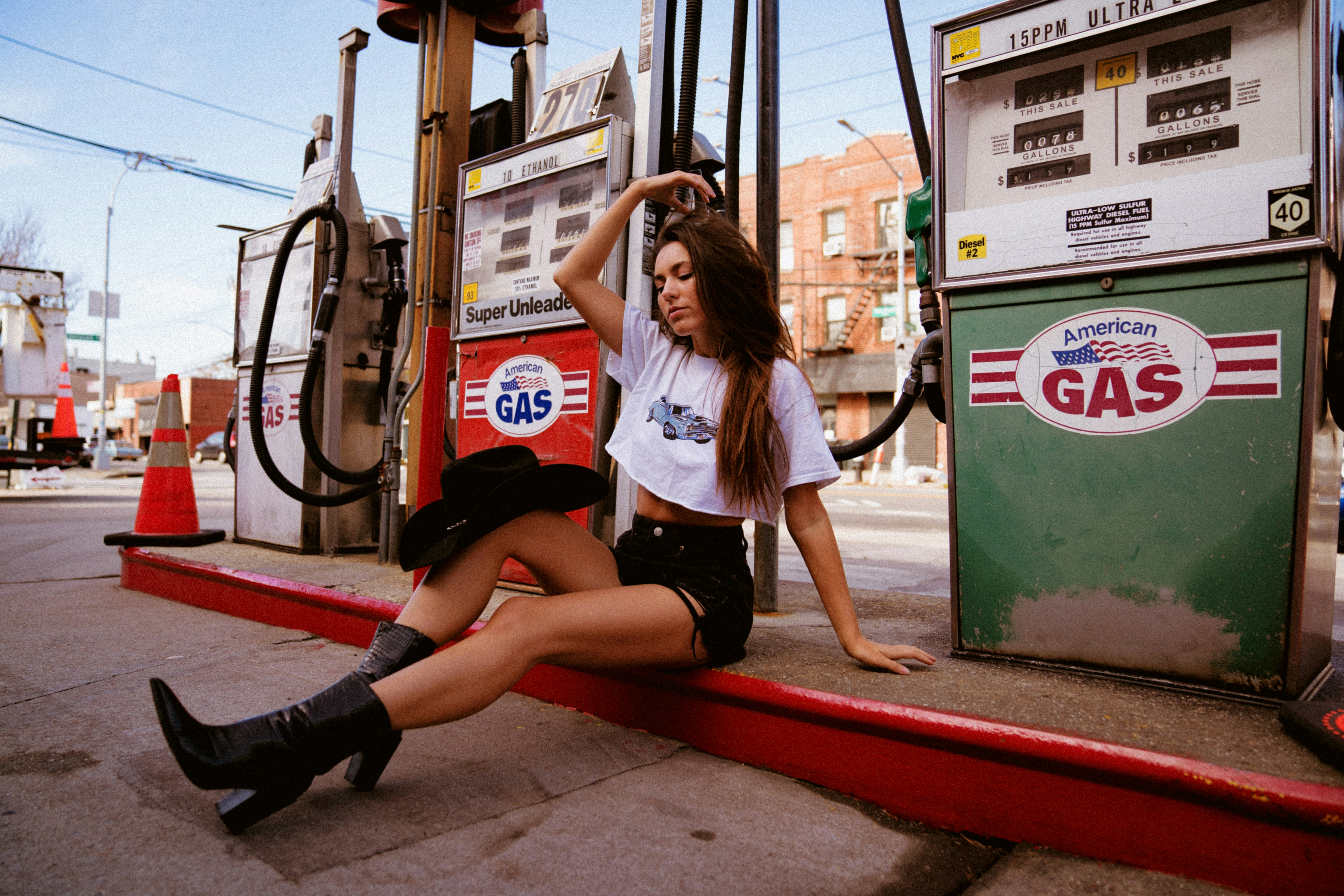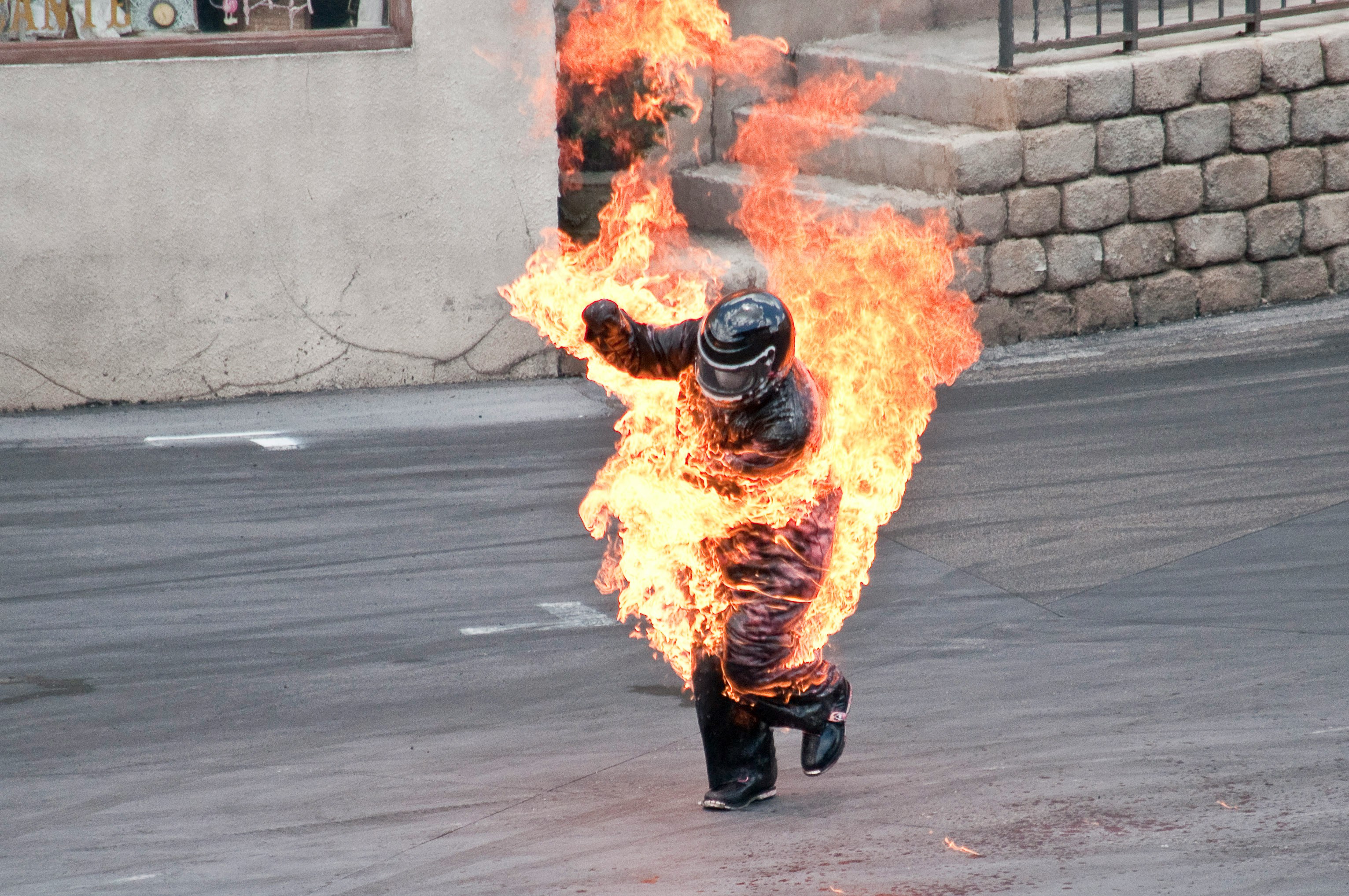Why Analog Cameras Still Matter in a Digital Age
In a world saturated with megapixels, AI editing tools, and instant uploads, analog photography is experiencing a powerful resurgence. Once considered a relic of the past, film cameras have carved out a vibrant niche in modern society, challenging the digital norm with their tactile charm and artistic precision.
In a world saturated with megapixels, AI editing tools, and instant uploads, analog photography is experiencing a powerful resurgence. Once considered a relic of the past, film cameras have carved out a vibrant niche in modern society, challenging the digital norm with their tactile charm and artistic precision.
A legacy of light and chemistry
Analog photography, built on chemical reactions rather than algorithms, dates back to the 19th century. For over a hundred years, it was the standard for capturing images. Photographers loaded rolls of film, composed their shots with care, and waited to see the results developed in darkrooms.
The process demanded patience, intention, and a deep understanding of exposure, framing, and timing. Iconic images—from historical war photography to family portraits—were all born on film. The introduction of 35mm film and the rise of companies like Kodak and Fujifilm made photography more accessible, helping it become a universal form of storytelling.
Why film is making a comeback
Digital photography didn’t kill film—it redefined its role. While smartphones and DSLRs dominate casual and professional photography, a new generation has discovered the emotional and aesthetic appeal of shooting on film.
Social media has ironically helped fuel this revival. Platforms like Instagram, originally built around digital sharing, are now overflowing with film scans and analog photography hashtags. There’s a growing appreciation for the imperfections of film—the grain, light leaks, and color shifts that digital often tries to eliminate.
In an age of visual perfection, film offers authenticity. Its slower, more deliberate workflow encourages photographers to slow down and engage deeply with their subject. The excitement of waiting for developed film adds an element of surprise that digital can’t replicate.
The analog experience in modern society
Today, analog cameras are used by everyone from fashion photographers to teenagers seeking a retro vibe. Vintage 35mm cameras like the Canon AE-1, Pentax K1000, and Nikon F series are in high demand. Film photography courses have reappeared in art schools, and professional labs are opening in major cities to meet renewed demand.
Beyond nostalgia, there’s a philosophical appeal. Shooting analog promotes mindfulness, patience, and intentionality. In a world of disposable content, a single roll of film with 24 or 36 exposures teaches the value of every frame.
Many digital-native creators embrace film for its storytelling power. Portrait sessions, travel diaries, and photojournalism projects are increasingly blending analog with digital workflows. Some brands even shoot campaigns on film for the raw, emotive quality it brings to imagery.
The business of film in a digital market
The resurgence of film has created a vibrant micro-economy. Fujifilm and Kodak continue to produce popular stocks like Portra, Ektar, and Superia, while smaller brands experiment with new emulsions and reimagined formats. Instant film from Polaroid and Fujifilm Instax has become a booming subculture, particularly among Gen Z and millennial users.
Camera repair shops, film scanning services, and boutique film labs are thriving. Some companies now manufacture new analog cameras, such as Leica’s M-A and the more budget-conscious Kodak Ektar H35. The secondhand market for film gear is hotter than ever, with classic cameras appreciating in value due to limited supply and high demand.
This commercial revival speaks volumes about the creative community’s hunger for tangible, lasting image-making. It’s no longer just about preserving the past—it’s about reshaping the present.
What analog means for photography today
Analog photography in modern society isn’t about rejecting technology. It’s about reclaiming the human aspects of image-making—the errors, the textures, the thoughtfulness. Film invites experimentation and forces constraint, two ingredients often missing in a world of infinite digital retakes.
The analog revival is a response to digital saturation. It offers something different, something real, in an age of image overload. Whether used by hobbyists, professionals, or artists, film has a timeless quality that digital still strives to emulate.
As long as people seek authenticity and tactile connection in their creative process, analog photography will not only endure—it will continue to evolve as an essential counterpart to the digital world.





